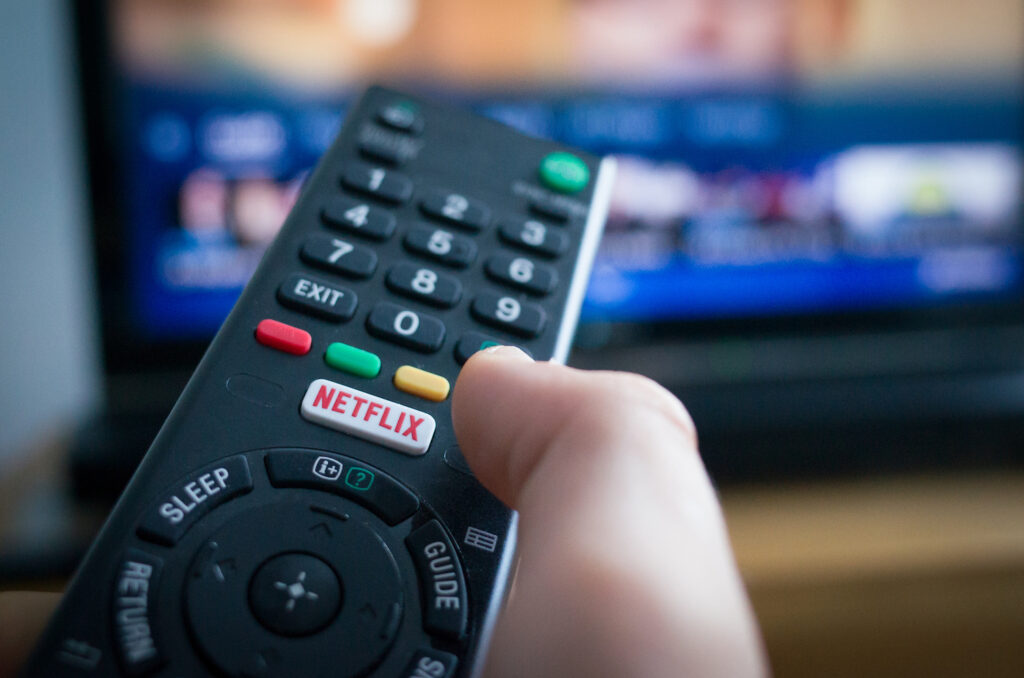A year after Video opened its first store in Aotearoa in New Zealand, the 1989 Broadcast Act was introduced. It established a framework and funding for local content that is primarily still present.
However, in 2025, New Zealanders’ viewing and listening habits will be fundamentally different. It has moved from local broadcasters to international streaming and online media services. Video and music streaming platforms reach more people than local TV or radio.
This brings convenience and access to the world of film, television, news and music. But that also means the risk that local content will be overwhelmed on its own coast. The recent discussion document of the Manatuonga/Province for Culture and Heritage is the latest attempt to address the issue.
Among the proposed changes to local content funding, promotions and distribution include:
It requires that the New Zealand app be pre-installed on newly manufactured smart TVs. The NZ Film Commission has called for changes to the Broadcast Standards Station, and the NZ merger has increased captions and audio descriptions, demanding that local and global media providers invest and promote New Zealand content.
Some of these are welcome – and have been delayed for a long time. However, broader media reforms also need to use this opportunity to create future prevention policies. It responds to where local audiences are consuming content and supports the media sector adapting to the rapidly changing landscape.
Why local content is hard
Already hit by a wider platform selection and the movement of offshore advertising revenue, New Zealand media has experienced deep job cuts, including the complete closure of state-owned TVNZ and NewShub.
As viewers move to online streaming services, TVNZ+, digital platform, reaches 26% of local audiences every day. In 2024, nine New Zealand shows featured in the top 20 most viewed.
That may seem positive, but Netflix, YouTube, Facebook and Instagram each outperform TVNZ+ viewers. Also, many global video-on-demand platforms have 10 local titles that New Zealand audiences can see.
Local music is also struggling. In 2024, only two national radio stations voluntarily attacked local music targets by 20%. Only one local song was featured on the End of the Year Top 50 Singles chart.
These numbers may suggest that New Zealanders are not interested in local content, but that is not necessarily true. Comparing local media structures with international markets shows a significant difference in the opportunities for local content to reach audiences.
Unlike other comparable countries, New Zealand lacks a government-owned, fully funded platform for locally produced content to find local audiences. If these platforms exist overseas, they will be more involved with local content.
For example, at publicly owned youth stations in Norway, local music accounts for 50% of the 2023 annual top 40 chart. Australia’s national funding Triple J has a local music quota of 40%, and the state-run ad-free ABC IView platform reaches a national audience of 62% each week.
Find an audience where they are
“They aim to develop talent and support the pipeline and provide sustainable career opportunities,” said Paul Goldsmith, Minister of Arts, Culture and Heritage, who announced the government’s creative sector strategy last year.
The strategy also speaks of “modernizing and streamlining government regulations so that our cultural sector can flourish.”
However, there are important omissions in the latest discussion documents. For example, video games are largely missing from the proposal, but research suggests that by 2040, up to 44% of global consumer entertainment spending could represent the industry.
Global video sharing platforms such as YouTube, Tiktok and Instagram are equally lacking in the proposal despite reaching 81% daily among Aotearoa New Zealand’s 15-39 age group.
Addressing these omissions and embracing new opportunities strategically provides opportunities to support local producers in two important ways. It’s about strengthening the global presence of New Zealand content and ensuring local viewers see themselves in the media they enjoy.
This will require an ambitious rethink about media infrastructure and investment, focusing on what could have long-term impact. This includes:
We will change the revenue structure of TVNZ to change global video sharing platforms such as YouTube and Tiktok to primarily state funding to invest in fully funded youth radio stations to promote New Zealand content and develop progressive, industry-based video game policies.
It is important that any proposed policy changes fit the purpose and will be adaptable for years to come.
Previous attempts at New Zealand’s Aotearoa media reform have often been less aggressive and have responded to a changing environment. But now we have the opportunity to consider more meaningful changes, addressing current challenges while looking to the future.
Jesse Austin-Stewart, Lecturer, School of Music and Screen Arts, Te Kunenga KiPūrehuroa – Massey University;Katherine Hoard, Senior Lecturer, Critical Popular Music Studies, Te Kunenga KiPūrehuroa – Massey University;Dave Carter, Associate Professor of Music and Screen Art, Te Kunenga KiPūrehuroa – Massey University, and Oli Wilson, Associate Professor of Music, Te Kunenga KiPūrehuroa
This article will be republished from the conversation under a Creative Commons license. Please read the original article.

